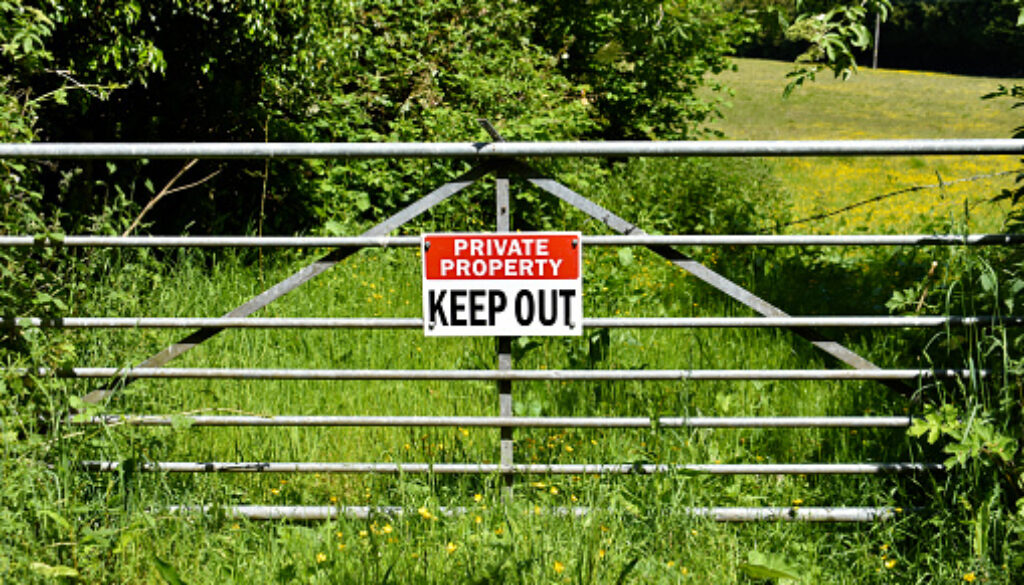Preventing Public Rights Over Land
When we could only exercise close to home, the pandemic caused many people to explore our local area and countryside, making use of the network of public rights of way. Where those routes cross farmland, the public are of course free to use them. But what if people are deviating from defined footpaths, or starting to use entirely new routes? This is a trespass, but if nothing is done by the landowner the new route could be deemed a public right of way. Steps can be taken to avoid this; here we consider the position under the Highways Act 1980.
It is helpful to understand why a trespass could, after time, convert to lawful use under that Act. A legal presumption is actually made; if members of the public have walked along a path/route, unchallenged by the landowner, for 20 years, the landowner must intend to dedicate that path/route for public use. Often that is not the case, so how does the landowner avoid the presumption?
Sometimes this is dealt with by displaying appropriate signage, clearly informing the public that there is no right of way (and taking dated photographs as evidence). Any trespassers seen on the land should also be approached and told that they have no rights. However, it is also possible to deposit a Declaration with your local Council to record the fact that you do not intend to dedicate any paths (other than any existing rights of way). Generally this then has effect for the next 20 years, after which time another application should be made. Not only does this ‘stop the clock’ if you have concerns about the public diverting or trespassing on specific routes, it also applies to any routes which might be being used without your knowledge, as well as village green dedications. We encourage all landowners to consider this step and NFU members subscribing to the Legal Assistance Scheme may receive a contribution towards legal costs.
For more information please contact Carina Pennant-Williams via email: cpw@bowcockcuerden.co.uk
or call us now on 01270 611106
(This article is not intended to be comprehensive or to provide specific legal advice. It should not be relied upon in the absence of specific advice given in relation to particular circumstances).



